1. Learning objectives/goals
1.1. MindMeister
1.2. Bubbl
1.3. poplet
2. Prior knowledge
2.1. Quiz
2.1.1. Matching
2.1.1.1. Quizlet
2.1.2. Test
2.1.2.1. Google Forms
2.1.2.2. Socrative
2.1.3. Multiple choice
2.2. Test your knowledge
2.2.1. Socrative
2.3. Competence box - do I know this?
2.4. Read/watch before
3. Evaluation
3.1. Students self-evaluation
3.1.1. Checkli
3.2. Evaluation of unit
3.2.1. Mentimeter
3.3. Peer-to-peer evaluation
3.3.1. Peergrade
3.3.2. Googledocs
3.4. Quiz
3.4.1. Matching
3.4.1.1. Quizlet
3.4.2. Test
3.4.2.1. Google Forms
3.4.2.2. Socrative
3.4.3. Multiple choice
4. Additional resources
4.1. Video
4.1.1. ScreencastO'matic
4.1.2. Screencastify
4.1.3. Vimeo
4.2. Text
4.3. Illustrations
4.4. Data
4.5. Tag list
4.5.1. diigo
4.6. Glossary
4.6.1. ProfessorWord
4.6.2. Rewordify
5. Processing text comprehension
5.1. Produce text
5.1.1. Report
5.2. Explanatory video
5.2.1. YouTube
5.3. Bookmarks to explanations
5.3.1. Pinterest
5.3.2. diigo
5.4. Notes
5.4.1. Evernote
5.5. Analysing
5.5.1. Flowcharts
5.5.1.1. draw.io
5.5.1.2. creately
5.6. Tags in video
5.6.1. H5P
5.6.2. EDpuzzle
5.7. Highlighting
5.7.1. diigo
5.7.2. Super Simple Highlighter
5.8. Producing glossary
5.8.1. ProfessorWord
5.8.2. Rewordify
5.9. Mind map
5.9.1. MindMeister
5.9.2. Mindomo
6. Collaboration
6.1. Forum - commenting
6.1.1. TodaysMeet
6.1.2. Flowdock
6.1.3. Edmodo
6.2. Collaboration file
6.2.1. TitanPad
6.2.2. lino
6.2.3. Pinterest
6.3. Blogs
6.3.1. Blogger
6.3.2. tumblr
6.3.3. edublogs
6.3.4. WordPress.org
6.3.5. FB
6.4. Online analysing
6.5. Forum discussions - find an expert
6.6. Wikis
6.6.1. Wikipedia
7. Reading strategies
7.1. Skimming/Scanning
7.1.1. BBC
7.2. Read
7.2.1. text to speach reader
7.2.1.1. ttsreader
7.2.1.2. Naturalreader
7.3. Take notes
7.3.1. Evernote
7.3.2. Google docs
7.3.3. Cornell note
7.3.4. Wordle
7.3.5. Post-it
7.4. Divide text into parts
7.5. Writing summaries
7.6. Illustrations/diagrams
7.6.1. Flowcharts
7.6.1.1. draw.io
7.6.1.2. creately
7.7. Commenting
7.7.1. Flowdock
7.7.2. Twitter
